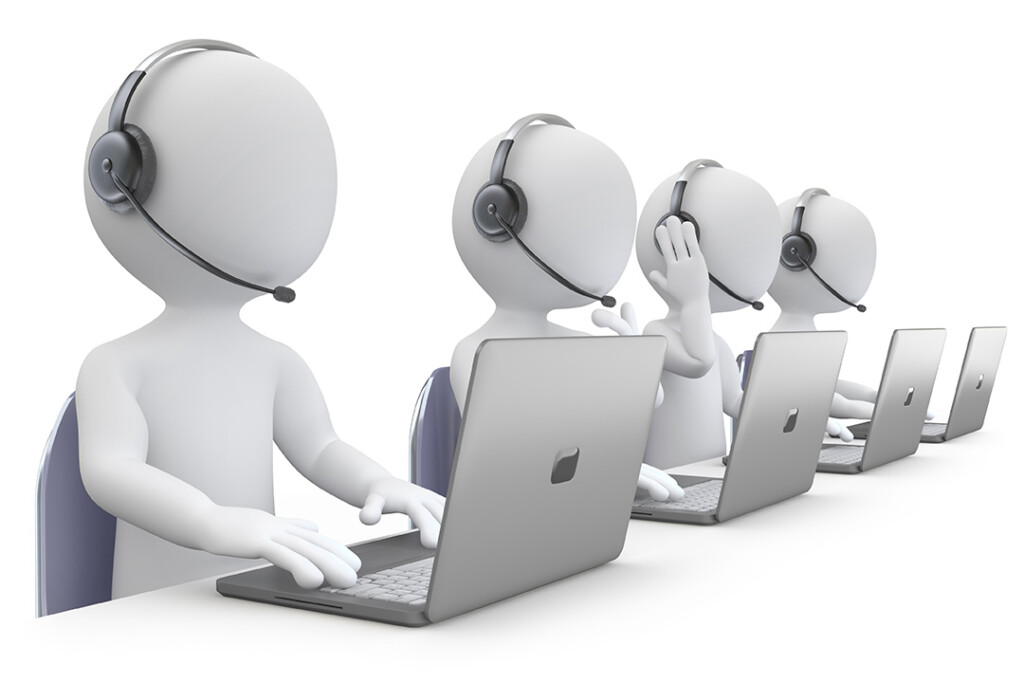Why are we writing about joy in an economically-uncertain time?
Because in a time that can be very gloom and doom, why not interject some positive thinking into the world?
The reality is that, even in the best of economic times, a lot of global employees do not feel engaged by their work. Gallup’s chief workplace analyzer, a man named Jim Clifton, has referred to this as “The World’s Broken Workplace.” By his numbers, there are about 1.2 billion full-time employees around the world. Roughly 15% of them, or 180M, are “engaged” in their work.
The good news: 180M is still a very large number.
The bad news: it’s still only 15% of everyone. In Japan, for example, 94% — ninety-four! — of employees report not engaged in their job.
OK, back to good news: The pandemic will allow us to shift some of the work paradigms we’ve come to understand. Will everything change all at once? Absolutely not. But we may be able to create workplaces around the world that are more enjoyable and joyful for the people who inhabit them.
The obvious place to start is work-from-home
We need to acknowledge two things before we get into discussion:
- Not everyone can work from home, obviously. It’s around 30-40% globally that truly can, consistently, work-from-home. Lots of jobs require in-person interaction, i.e. service and hospitality.
- Work-from-home, sometimes called WfH, does have negative connection/societal effects, because we know from research about the power and importance of in-real-life friends at work.
That said, work-from-home is essential in a pandemic for those employees who can work from home. At Conectys, we shifted 2,000+ employees into that model in about 8-9 days. Most of our team members on this model have reported joy and engagement with the work, with admittedly some bouts of boredom. One reason is that WfH models allow for greater control of time than office models do. Did you know the ideal working ratio is 52 minutes on tasks, then 17 minutes off? It’s true! And as long as our team members are delivering for clients throughout the day, we don’t mind 17-20 minute breaks to listen to a podcast or to walk the dog. That’s harder to manage in a delivery center, and we understand that.
So: giving employees more control (autonomy) over their time = more joy in the workplace. Productivity is still the goal, but engagement is now easier to come by.
What else can managers be doing right now?
- Above all, over-communicate. There can be a lot of gossip and rumors within an organization. So-and-so might be leaving. So-and-so might be getting promoted. We had a bad month. We had a bad quarter. We had a great month. We had an amazing quarter. People talk about all these things before they are actually announced. If you get out in front of some of these topics, you convey a two-way relationship — and trust! — with your employees, which keeps morale higher.
- Let employees work on change-related problems: If the business model is shifting, or there are generally “down times,” let employees work on solutions to the problems the business is facing, regardless of rank. Letting employees shape a near-term strategic approach is a huge way to boost morale.
- Virtual happy hours, team events: These are all the rage for team-building these days. Show people your dog! Show people your apartment/house! Get the team to know each other better outside of the physical spaces we normally work within.
- Unexpected rewards and recognition: Coffee gift cards here and there. Local breweries. (Yes, some of those places are closed now, but they won’t be forever.) An email to the whole team acknowledging people now and again. Just pay it forward. Show that the team succeeds as a team and recognition is common, even if it can’t always be financial or bonus-driven.
- Non-work events on video: Let an employee teach yoga or knitting or home brewing or whatever else. Some companies have been doing this, globally. Trello has been doing this on Fridays for a while, actually — knowledge-sharing on non-work topics — and has seen a large morale boost too!
- Dog party (or cat, or assorted pet): Have the animals come to work and be presented/paraded around (once it is safe to do so based on your country’s “curve flattening”), or do it via video. For whatever reasons, people love seeing the dogs and cats of their co-workers. One word of caution: make it either dog or cat, not dog and cat.
- Shared Spotify and Pandora, etc. playlists: Let people work to certain music, and add to those playlists for their co-workers. It fosters a shared responsibility and helps people get to know each other’s styles even better.
In short: give employees a degree of power, control, and autonomy over what they work on and do.
They feel more respect and trust, and that passes forward to how they treat your customers and clients. If the ecosystem is designed properly, everyone wins. Honestly. We sometimes think of work as a zero-sum game, and it can be (a winner must have a corresponding loser), but if you’re fair and trustworthy and respectful of your people, joy is present at work, and when joy is present, your clients feel that hard work on their accounts/needs too. It’s much higher than 15% engaged at that point.



